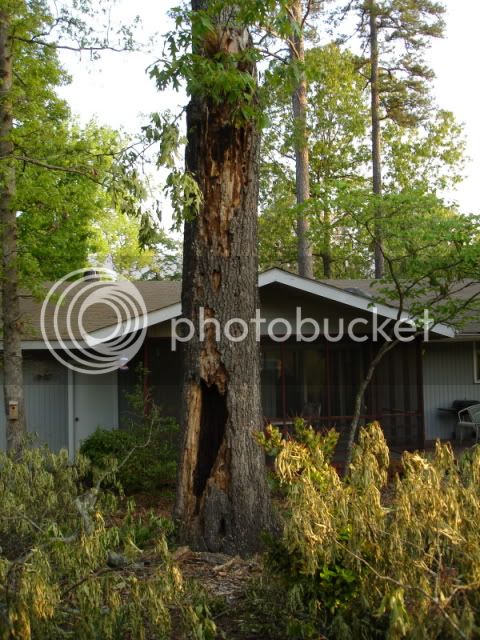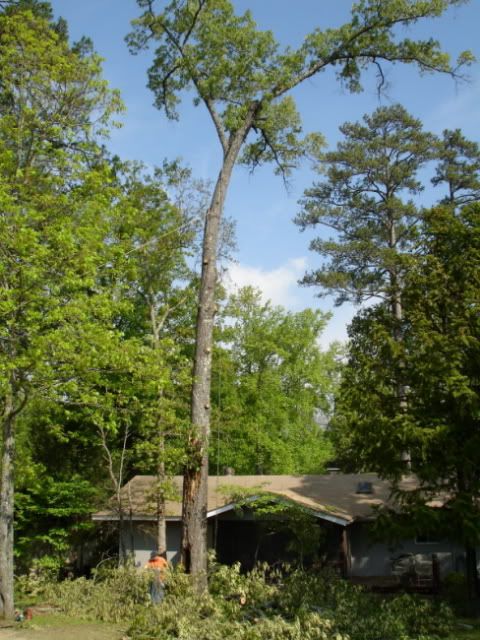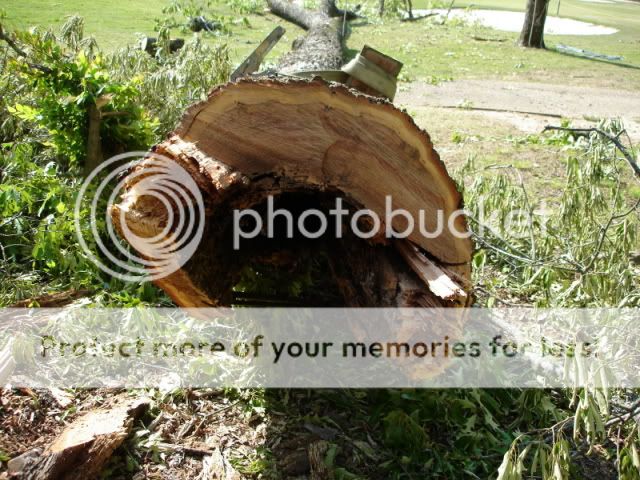sammysung987
ArboristSite Lurker
I think this is an oak tree. Maybe someone can tell me if the tree is dying and need to be removed.
The whitish looks and feels like spray foam.
If you look all the way to the right circle in red, there was a round brain looking growth on the base, was white then bark grew over it. What is this?
Thanks for your help.

The whitish looks and feels like spray foam.
If you look all the way to the right circle in red, there was a round brain looking growth on the base, was white then bark grew over it. What is this?
Thanks for your help.














